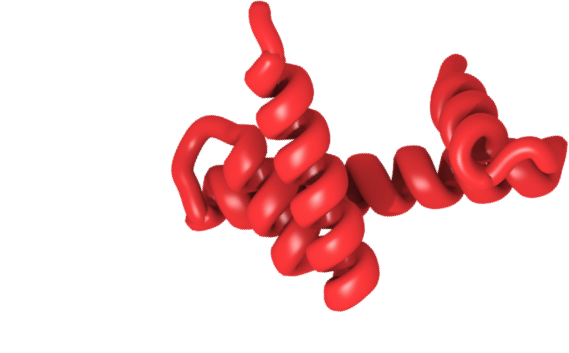
/ H2B / Variant: sperm H2B
Description
Putative histone variant class containing sperm H2B histones from sea and sand urchins.Alternate names: cleavage H2B, early H2B
Features
Below, you can explore the features of sperm H2B from Homo sapiens, if available and how it compares to the canonical histones of the same type (first row). Canonical histone is shown in the first row, the names and descriptions of each feature can be found underneath. To explore variants from other species, please browse our curated sequences, automatically extracted sequences, or by taxonomy.
Keys: red - identical residues, blue - different residues (if more than one sequence).
Variant features
pent
Repeated pentapeptide PAKTS on N-terminus.
General histone type features
R1
Minor groove arginine at alpha1-alpha1 DNA binding site at SHL ±4.5.
alpha1
Alpha1-helix, first helix of histone fold
loopL1
L1 loop, connecting first and second helices of histone fold. Part of the L1L2 DNA binding site formed by H2A and H2B at SHL ±5.5.
beta1
Beta-strand in the L1L2 DNA binding site
alpha2
Alpha2-helix, second helix of histone fold
loopL2
L2 loop, connecting second and third helices of the histone fold. Part of the L1L2 DNA binding site formed by H2A and H2B at SHL ±3.5.
beta2
Beta-strand in the L1L2 DNA binding site
alpha3
Alpha3-helix, third helix of the histone fold
alphaC
AlphaC-helix
References
- Talbert PB, Ahmad K, et al. "A unified phylogeny-based nomenclature for histone variants." Epigenetics Chromatin, 2012. PMID: 22650316
- Strickland M, Strickland WN, et al. "The complete amino-acid sequence of histone H2B(3) from sperm of the sea urchin Parechinus angulosus." Eur J Biochem, 1978. PMID: 710402
A set of manually selected and validated histone sequences is listed in the table. Click on an entry in the table to update the annotated sequence preview: a variant will be compared with the canonical histone from the same species (if available).
Alternatively, tick mark the sequences and use toolbar to view MSA, export or add to basket. Use search or filters to find particular entries.
Keys: red - identical residues, blue - different residues (if more than one sequence). For feature legend see summary tab.
Sequence preview and annotation... LOADING
Min Score
Max Score
204.0
298.5
You selected: root
Note: variant classification might be ambigous between very similar variants. Classification scores against all variant models are available via advanced menu.
Features characteristic for a given histone type/variant are marked below the consensus sequence. For feature description see summary tabs of the corresponding variants pages.
Keys: red - 80% identical, blue - 50% identical columns. X-ambigous positions in consensus sequence.